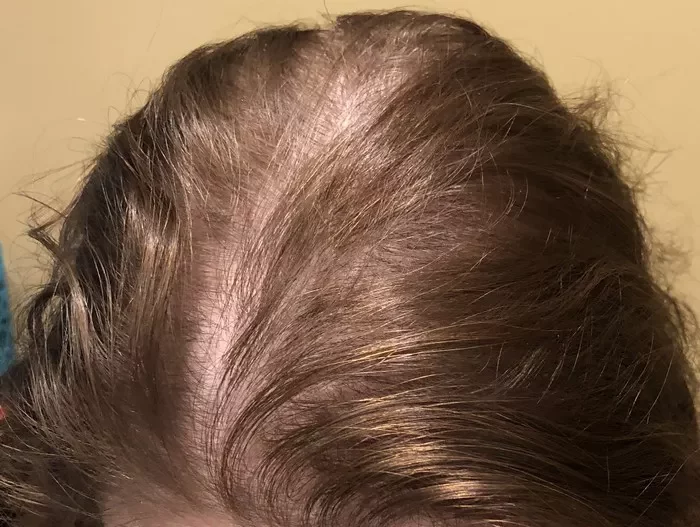Hair transplantation is a popular surgical procedure for addressing hair loss and restoring confidence. While hair transplant surgeries generally yield successful results, it is important to acknowledge that some cases may experience less favorable outcomes. In this article, we will explore the question, “Why do some hair transplants fail?” By combining experience, professionalism, authority, and credibility, we will examine the factors that contribute to unsuccessful hair transplants and provide insights into mitigating strategies. Join us as we delve into the complexities of hair transplantation and shed light on the potential reasons behind unsuccessful procedures.
Understanding Hair Transplants
The Basics of Hair Transplantation:
An overview of hair transplant procedures, including the two primary techniques: follicular unit transplantation (FUT) and follicular unit extraction (FUE).
Expected Results and Success Rates:
Exploring the typical outcomes and success rates associated with hair transplant surgeries, considering factors such as natural hair growth cycles and patient expectations.
Factors Contributing to Hair Transplant Failures
Inadequate Surgical Technique:
Discussing how technical factors, such as poor graft handling, incorrect angle placement, or improper graft placement, can contribute to the failure of a hair transplant procedure.
Donor Site Management:
Exploring the importance of proper management of the donor site, including the harvesting process, ensuring an adequate supply of healthy grafts, and minimizing trauma.
Graft Survival and Growth:
Understanding the factors that affect graft survival and growth, including inadequate blood supply, trauma during transplantation, and post-operative care.
Patient Factors:
Highlighting patient-related factors that can influence the success of a hair transplant, such as underlying health conditions, smoking, and non-compliance with post-operative care instructions.
Mitigation Strategies for Successful Hair Transplants
Surgeon Selection:
Emphasizing the importance of choosing a qualified and experienced hair transplant surgeon with a proven track record and positive patient testimonials.
Proper Evaluation and Planning:
Stressing the significance of thorough evaluation and planning, including assessing donor hair availability, designing a natural-looking hairline, and determining the appropriate transplant technique.
Surgical Technique and Skill:
Discussing the significance of surgical technique and skill, including precise graft extraction and placement, proper incision creation, and attention to detail during the procedure.
Post-Operative Care:
Exploring the role of post-operative care in the success of a hair transplant, including instructions for wound care, medications, avoiding trauma, and follow-up appointments.
Managing Expectations and Potential Remedies
Realistic Expectations:
Addressing the importance of setting realistic expectations, including understanding the limitations of hair transplantation and the potential need for multiple sessions.
Revision Procedures:
Exploring the possibility of revision procedures for individuals who have experienced an unsuccessful hair transplant, discussing the considerations and potential outcomes.
Conclusion:
While hair transplants have proven to be an effective solution for hair loss, it is crucial to recognize that not all procedures yield the desired results. By understanding the factors that contribute to unsuccessful hair transplants and implementing appropriate mitigation strategies, individuals can increase their chances of achieving successful outcomes. Choosing a qualified surgeon, undergoing proper evaluation and planning, ensuring surgical precision, and following post-operative care instructions are key steps in minimizing the risk of hair transplant failures. Managing expectations and exploring potential remedies, such as revision procedures, can offer alternative solutions for those who have experienced unsatisfactory results. By sharing this knowledge and fostering a deeper understanding, we aim to provide individuals with the tools to make informed decisions and increase the likelihood of successful hair transplant experiences.
Related topics:
- Do hair transplants look natural: A Comprehensive Guide
- Do I have to shave my head for hair transplant: A Full Guide
- Does hair transplant leave scars: A Full Guide


